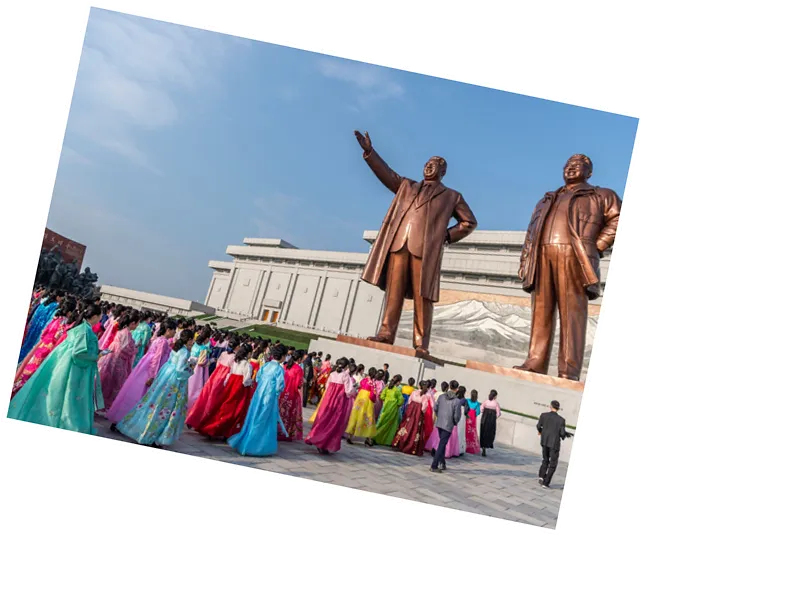North Korea's Provocative Balloon Strategy Heightens Tensions with South Korea
North Korea has adopted a provocative new strategy to confront its southern neighbor, launching balloons filled with garbage, toilet paper, and animal feces into South Korea. This bold move is reported to be a retaliation against South Korean activists who frequently send propaganda leaflets and other materials across the border into the North. The South Korean Joint Chiefs of Staff (JCS) reported Wednesday that over 150 such balloons had been detected since Tuesday night, with the arrival of more anticipated.
Photos widely shared by South Korean media depict white balloons carrying trash bags, some of which were torn open to reveal plastic, paper, and other debris scattered on roads and sidewalks. The JCS confirmed that the packages were filled with filth and garbage, marking a significant escalation in the two Koreas' ongoing psychological warfare. Urging citizens to avoid any contact with these unidentified objects, the JCS emphasized the serious security threat posed by these actions and called for an immediate halt to North Korea's low-level provocations.
Historical Context and Escalating Tensions
The Korean War (1950-1953) ended in an armistice rather than a peace treaty, leaving North and South Korea technically at war. The heavily fortified border includes the demilitarized zone (DMZ), where tensions frequently flare due to actions from both sides. South Korean activists have long used balloons to send propaganda, food, medicine, and technology into the North, aims to undermine Kim Jong Un's regime by providing access to banned external information.
In response to these activities, North Korea has previously sent propaganda balloons but rarely with contents as objectionable as trash and feces. On one occasion in 2016, the North sent balloons as part of a broader campaign. However, the recent actions, including the failed launch of a spy satellite, have significantly increased the stakes. Kim Jong Un's administration has accused the South of engaging in psychological warfare and has vowed to take tit-for-tat measures, emphasizing the need to strengthen North Korea's war deterrence capabilities.
Local governments in South Korea's Gyeonggi and Gangwon provinces have issued alerts, instructing residents to avoid outdoor activities and report any unidentified objects to authorities. The flyers and trash bags could pose dangers to residential areas, airports, and roads, further complicating the already fraught relationship between the two nations. South Korean authorities continue to analyze the contents of the balloons in coordination with the United Nations Command.
North Korea's defiance is not limited to just sending balloons filled with garbage. The situation on the Korean Peninsula has deteriorated in recent years, fueled by diplomatic stagnation and escalating military maneuvers. The exchange of propaganda via balloons represents only one aspect of the broader conflict, underscored by Kim Jong Un's recent warnings and the South's countermeasures.
- In recent years, North Korean defectors and activists like Park Sang-hak have persisted in their efforts to send banned materials into the North despite legal restrictions. These activities are intended to provide North Koreans with rare glimpses of life outside their isolated country, using balloons, drones, and even floating bottles down rivers.
- North Korea has stringent controls on information flow, prohibiting foreign movies, books, and other materials. Possession of contraband results in severe punishments, adding to the tense and controlled atmosphere within the country. However, this stranglehold on information has somewhat eased in recent years, particularly with North Korea's expanding relationship with China.






